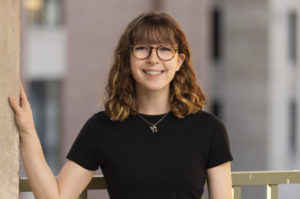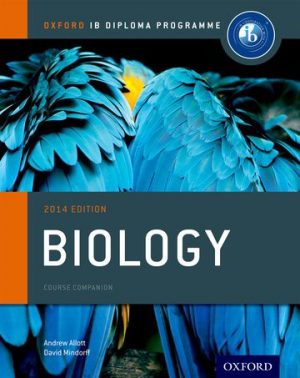Students express concerns and hopes amid return to learn discussions
November 3, 2020
In October, students got the shocking news that they might have to go back to school hybrid. Many seemed to like the idea, but others feel this decision is not what’s best at this very moment. “This plan makes me feel hopeful because it is a step forward to life being normal again, but at the same time it can increase corona cases again,” said senior Jyoti Kaur.
Kaur echoes the conflicted feelings that many students feel when they evaluate the district’s plan to return to hybrid learning as early as quarter 2. “I miss being in person because I miss seeing my friends, but I’d rather not risk it because other people are at risk, like other people who might have health conditions,” said freshman Kiera Sims. Senior Gabe Rathburn also sees both sides of the issue. “I do like the idea of easing into school. I personally think it would be great to get back into the school. Even if we can not be social it still would be helpful to build student-teacher relationships,” he said. “I do however have some concerns. I feel that if we do go hybrid that the days we spend in school would be used for tests. This would mean in one day I might have three or four tests to take which would get very stressful. I would take the hybrid option if I were not to be overloaded with tests on my school days.”
For students, many feelings emerge of being ignored or sidelined from this decision, but sophomore Kayla Pallas details feeling unfairly isolated due to complications beyond her control. “As a student with someone that is high risk to COVID in their family, I find this completely unfair to everyone,” said Pallas. “A decision like this should be discussed with everyone and everyone’s opinions, including students and teachers should be heard and thought about … there are so many other concerns about going back this soon and I personally think it’s just not safe enough to yet.” A lot of students and teachers in the Portage district have someone in their family that is at high risk to COVID-19 and face the glaring reality that a hybrid return prior to entering phase 5 is potentially putting them more at risk then they currently are.
“There hasn’t been enough talk about safety precautions for cleaning and social distancing in general,” said junior Grace Freed. On top of that, the timing is horrible.” Currently, Michigan has the highest levels of positive cases since the pandemic started. At 3,106 new cases per day and 43 deaths on November 3, Michigan is up to 184,889 total cases and 7, 357 deaths.
Many students are left wondering simply how they are expected to walk the halls and even eat in the cafeteria in this new plan. The idea of losing the typical bustling and fun cafeteria or catching up with friends in the hall is a reality not welcome for many. “I think that the PPS plan to return to school is very flawed on the system for who gets assigned to what days,” senior Colin Carroll says. “Many of my friends are on the complete other side of the alphabet, so you’re telling me I cannot go to school with them? This is senior year, and for a lot of people this is the last year they actually spend with their high school friends, so it just seems that PPS does not really care about what students want or the well-being of their seniors.” Considering these options, some students do not feel like the benefits of returning in person outweigh the risks. “Personally, I feel that the move to hybrid instruction is kind of pointless. Not only can you not really do anything, but you run the risk of you or someone else catching Covid-19,” said senior DeShana Brown. “It’s essentially still online school, except for its actually at school. . .I agree that socialization is essential for development, but amid a pandemic, especially when people are still dying rapidly, I don’t think it’s a priority.”
Other students question the logistics of the proposed hybrid model. “In my opinion this new hybrid system is unproductive and clunky. I believe this because this system will divide a teacher’s attention between their virtual and in-school students,” explains senior Caitlin Sullivan “Making teachers multitask between two groups of students along with teaching a lesson and answering questions, won’t be as effective if we are all online or in-person. This divide in attention will make it difficult to get done with what we have to do and communicate and participate together as a whole class.That’s why I think that it’s best to stay virtual until we can all return to school.” Senior Makayla Bolton shares her classmate’s concern: “Teachers already had to learn how to teach completely online; to now ask them to teach online and in person simultaneously, some kids are going to be forgotten about. There’s no way around it.”
Despite the variety of student responses, one thing is clear: the minds of students aren’t flooded with concerns of tomorrow’s math test, but the overarching concerns of ensuring their own safety in school.








